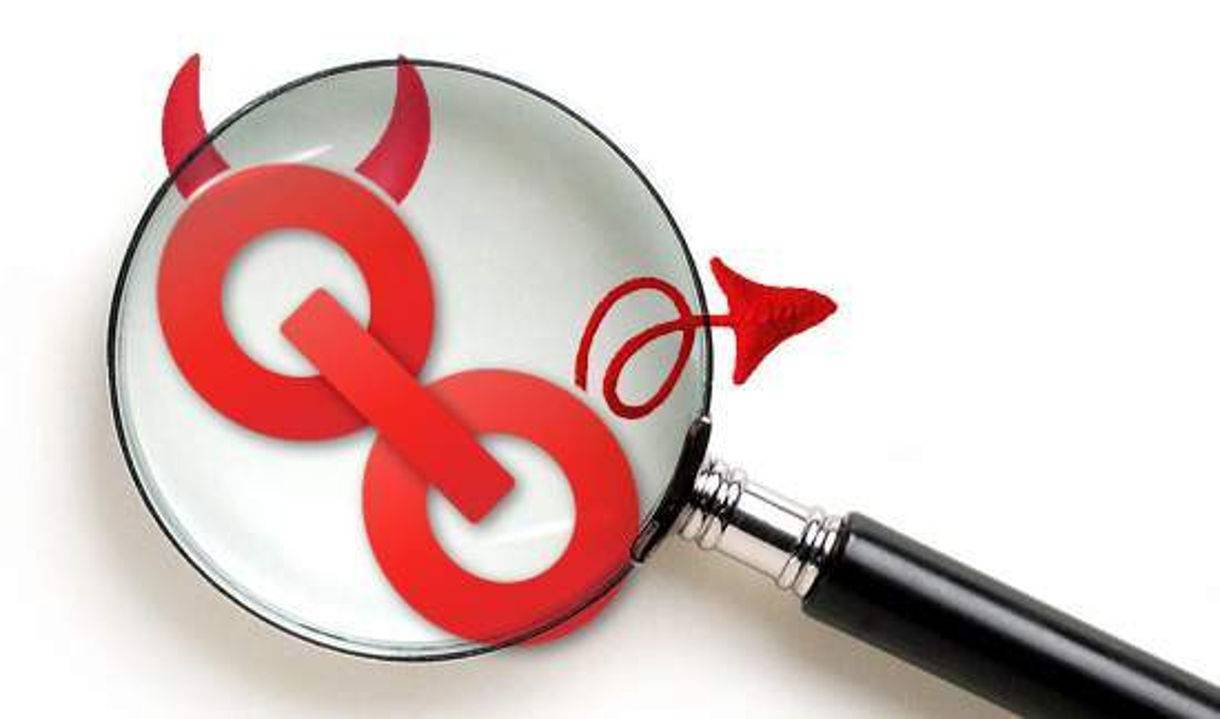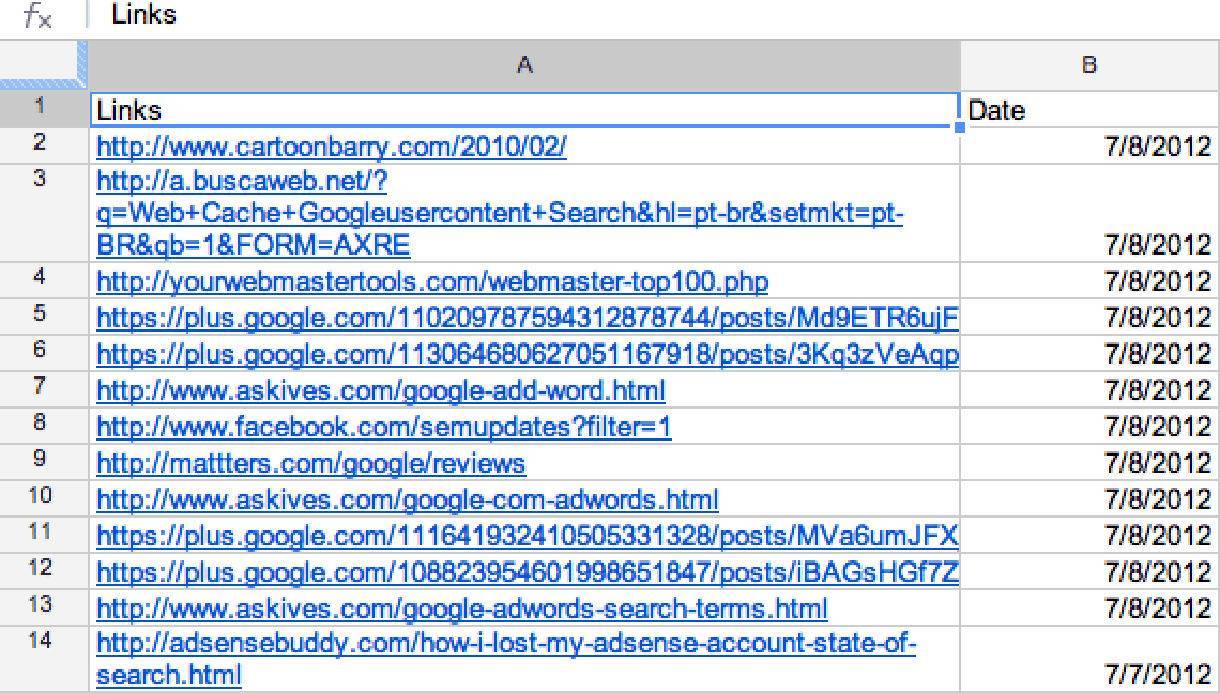

Find Bad Links with Webmaster Tools
The basic premise of search engine optimization hasn’t changed much since its inception. Websites that obtain links from authoritative websites are viewed as also being authoritative, simply by matter of association. Websites are ranked based on the quantity and quality of these backlinks.
Where SEO today differs from SEO in years past, is that there seems to be an increased emphasis on quality. Google has always frowned upon manipulative linking schemes like paid directories, but historically SEO professionals have thought these links were discounted -- carrying less weight and therefore not offering any real value. The Penguin updates of this year enlightened us to the possibility that these bad links may not just be discounted, but may actually be penalizing your website.
The Attack on Links
Aimed at fighting spam, the Penguin updates have been targeted toward sites that are violating Google’s guidelines and using bad linking activities. But what actually constitutes a bad link in Google’s eyes? How is one to know that they have bad links?
Starting in late March, Google began sending out correspondence emails to webmasters to warn them about potentially harmful links. The message read something like this:
Dear site owner or webmaster of….
We’ve detected that some of your site’s pages may be using techniques that are outside Google’s Webmaster Guidelines.
Specifically, look for possibly artificial or unnatural links pointing to your site that could be intended to manipulate PageRank. Examples of unnatural linking could include buying links to pass PageRank or participating in link schemes.
We encourage you to make changes to your site so that it meets our quality guidelines. Once you’ve made these changes, please submit your site for reconsideration in Google’s search results.
If you find unnatural links to your site that you are unable to control or remove, please provide the details in your reconsideration request.
If you have any questions about how to resolve this issue, please see our Webmaster Help Forum for support.
Sincerely, Google Search Quality Team
As you can see from the message, it does not actually reference which links may be damaging your SEO. It was essentially up to the webmaster to guess.
Features to Aid in Finding Negative Links
The guessing game all changed in mid-July when Google rolled out new features in Webmaster tools to help webmasters identify the bad links. By clicking a “Download latest links” button, webmasters can now sort discovered links by date.

Using this tool, you can hopefully pinpoint the trouble maker link. Here’s how. If you have negative links, you likely saw a significant drop in search engine traffic during the various penguin updates. Based on the date of the decline, you may be able to use the new report to narrow the suspect links down.
Correcting Bad Links
Once the bad eggs are identified, the question then becomes “What do I do with the bad links”? The obvious answer is, remove them, but things are never that simple. Many of the websites that are negatively affecting your SEO may not offer an intuitive way to remove links. Here is the progression of steps you should take to getting them removed:
Get in touch with Webmaster: The simplest option is to try and contact the webmaster and politely ask to have your links removed. The primary issue with this option is that many websites and directories don’t offer contact information. And if they do, they likely don’t monitor it as they should.
Fill out a Reconsideration Request: If you are unable to get the link removed, you should then consider filling out a Reconsideration Request with Google. With details about your specific situation, they may choose to pardon you of any penalty.
Pay to have a link removed: We haven’t seen any yet, but we’ve actually heard stories of websites charging to have links removed!! If your situation is dire enough, you may consider this option, but it sounds like a scam to me.
What Does the Future Hold?
It is unclear what Google plans to do with bad links in the future. There recent actions have been perceived as very confusing by most of the SEO industry, but I suspect we will continue to see new features and updates with the purpose of helping webmasters prune links.




